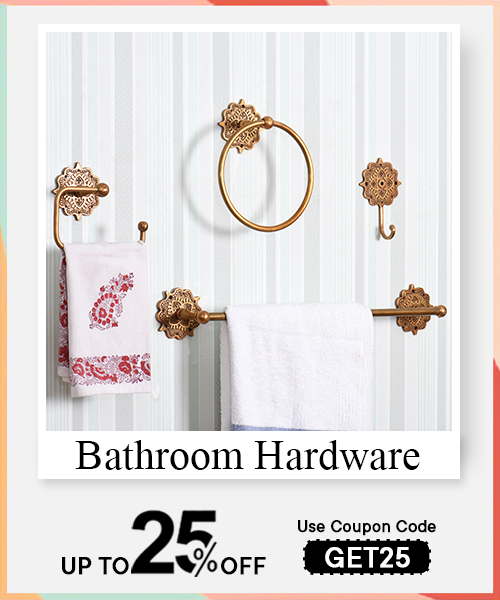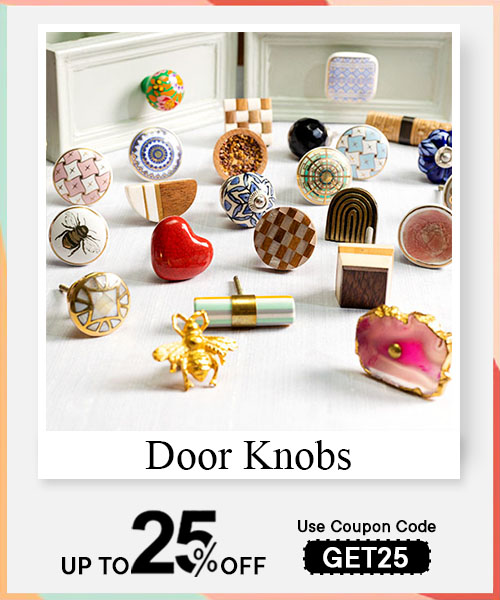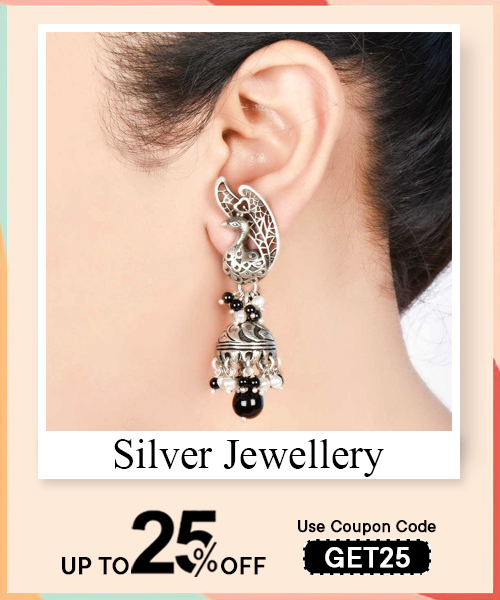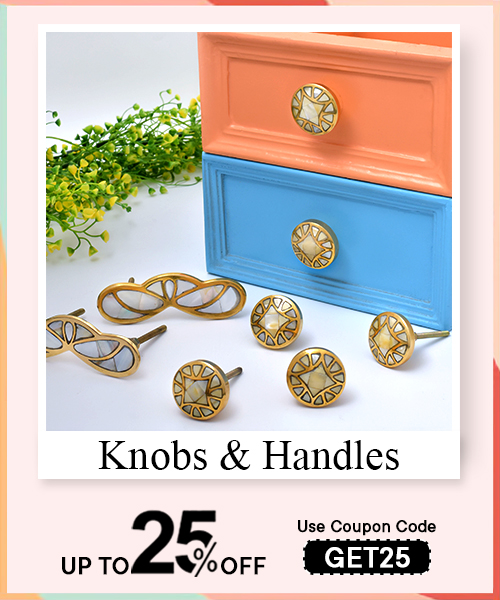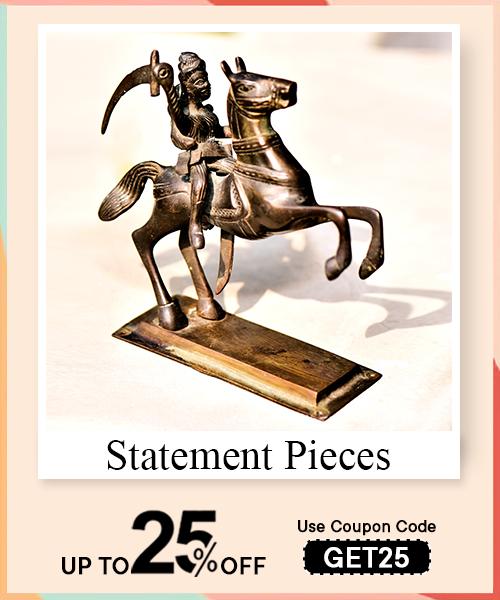A brass Urli is a traditional Indian decorative item typically made of metal or clay. It is a shallow, wide-mouthed vessel or bowl with a wide rim and intricate designs carved on its exterior. The urli is often used as a decorative piece in Indian households.
Brass and Bronze Urli bowls have been used extensively for cooking. The larger version, Varpu, is used for cooking food for community events. The design and construction of these products are such that it distributes heat evenly through a slow cooking method. Thus, the final dish retains its original flavours. Hence, it is used extensively for preparing meals like payasam, ghee, rice, etc. Urlis are also used for making massage oils that can steep for numerous hours. The wide range of applications makes the vessel an incredible investment. Thus, traditionally, the same is equated to great wealth and prosperity.
Urlis are also used extensively for Kani rituals during Vishu (Malayalam New Year). Therefore, these items are both functional and highly sought-after. Vastu Shastra emphasises filling these with water for prosperity and happiness. It is believed that water in the urli symbolises an inflow of money and a cooling system. Hence, choosing an urli for your home is an excellent and unparalleled investment.
Read More: THE VERSATILITY OF URLI: INNOVATIVE WAYS TO INCORPORATE IT IN YOUR HOME
The choice between brass or bronze Urlis depends on your needs and preferences. Both brass and bronze are alloys of copper, but they have different compositions and properties -
- Brass is an alloy of copper and zinc. It is known for its bright gold-like appearance and is often used for decorative purposes. Brass Urlis can be a good choice for a more vibrant and shiny look. However, brass is generally less resistant to corrosion compared to bronze.
- Conversely, bronze is an alloy of copper and tin, although other elements can also be present. It has a reddish-brown colour and is valued for its durability and resistance to corrosion. Bronze Urlis are often preferred for functional purposes, such as holding water or outdoor use. They tend to be sturdier and more long-lasting than brass Urlis.
If you plan to use the urli outdoors or in a humid environment, choose a material with better corrosion resistance. Bronze is generally more corrosion-resistant than brass due to its tin content. Brass Urlis also require regular cleaning and polishing to maintain their shine, as brass tarnishes over time. On the other hand, bronze variants develop a natural patina that adds character and requires less maintenance.
However, there can be variations in the composition and quality of brass and bronze alloys, so it's essential to buy these products only from reputable suppliers. Top and reliable suppliers can assure you of the composition and craftsmanship of the urli.

The urli is commonly used for various purposes, including religious and cultural ceremonies and home decoration. It is traditionally filled with water and adorned with flowers and floating candles, creating an elegant and serene ambience. In addition to its decorative use, the urli can also be functional. It can be used for floating flower petals, storing fruits, or even as a cooking vessel for certain traditional Indian dishes. The versatility and aesthetic appeal of Urlis make them a popular choice for traditional and contemporary interior design.
Brass and bronze Urlis are exquisite pieces of traditional Indian craftsmanship that showcase unique designs and skilled metalworking techniques. These decorative vessels have been used for centuries in India, particularly in South Indian households.
Brass and bronze are the primary metals used to create South Indian Urlis. The composition of these metals imparts durability, malleability, and a characteristic golden hue to the Urlis.
Skilled artisans employ traditional methods passed down through generations to craft these beautiful vessels using the following techniques-
- Artisans using wax or clay, sculpt the desired design with intricate detailing. Then a mould is created around the master pattern.
- This mould can be made using clay, sand, and other binding agents.
- Once the mould is ready, the master pattern is carefully removed, leaving a cavity in the shape of the desired urli. Molten wax is then poured into the mould, coating its inner surface. This layer of wax takes the form of the urli.
- Artisans then refine and sculpt the wax model, adding intricate designs and details.
- Once the wax model is complete, it is coated with a heat-resistant material to form a ceramic shell. The shell is heated, causing the wax to melt and drain out, leaving behind a hollow cavity. The prepared mould is placed in a furnace, and molten brass or bronze is poured into the hole.
- The metal fills the mould, taking the shape of the urli. It is allowed to cool and solidify. The mould is broken once the metal has cooled, revealing the roughcast urli.
- Skilled artisans then use various tools and techniques to refine the surface, remove imperfections, and bring out intricate detailing. This process involves polishing, buffing, and sometimes, applying chemical patinas to enhance the colour and appearance.
- The completed urli may undergo additional decorative treatments such as engraving, etching, etc. These final touches add a unique charm and personalisation to each piece.
Read More: PRESERVING THE BEAUTY OF URLI: MAINTENANCE TIPS AND TRICKS
Several decorations are commonly used to adorn brass and bronze Urlis. These decorative elements enhance the aesthetic appeal of the urli and add to its overall beauty. Here are some of the popular types of urli decoration:
- Engraving involves incising intricate patterns or designs onto the surface of the urli. Artisans use sharp tools or specialised instruments to carefully carve the metal, creating detailed motifs, floral patterns, or geometric designs. Engraving adds depth and texture to the urli, making it visually captivating.
- Embossing is a technique where metal is raised or pushed out from the surface to create a three-dimensional effect. Skilled artisans use hammers and other tools to shape the metal, giving it a raised appearance carefully. This technique often creates intricate relief designs such as flowers, leaves, or traditional motifs.
- Filigree work involves twisting and bending fine threads or wires of metal (usually brass or silver) into delicate, lacy patterns. These patterns are then soldered or fused to create decorative motifs. Filigree work is often used to create intricate borders or embellish specific areas of the urli, adding elegance and intricacy.
- Etching is creating designs or patterns using an acid or chemical solution to remove layers of metal selectively. Artisans apply a protective layer of wax or varnish to the urli's surface, then carefully scratch the desired design onto the coating. The urli is then submerged in an acid bath, which erodes the exposed metal, leaving behind the etched design. Etching allows highly detailed and intricate designs to be incorporated into the rule's surface.
- Skilled artisans create cavities or grooves within the metal and carefully fit the inlay material into these recesses, securing them in place. This technique incorporates colourful accents and intricate patterns, adding a luxurious and opulent touch to the urli.
- Top artists paint traditional or contemporary designs onto the surface of the urli, depicting scenes from mythology, nature, or cultural symbols. The painted motifs add a splash of colour and intricacy, enhancing the overall visual appeal of the urli.
Read More: THE ART OF ARRANGING FLOWERS IN AN URLI: TIPS AND IDEAS
Urlis are versatile and can be used in various ways around the house. The intricate patterns of an antique urli can be used as a standalone decor item. However, for a lesser quality one, it is recommended to use the following techniques for introducing the same to your home decor -
- Add some fresh water into your chosen urli and add fresh blooms to it every day.
- The flowers used with stem can last for two days, and minus the same can last for a day.
- Choosing multiple flowers, petals, or leaves can help to create an impressive focal point. This is crucial for redefining the room's entire look on a budget.
- You can choose from various fragrances, contrasting colours, etc., to attract attention.
- You can choose from any flower of your liking. However, marigolds work well for ceremonial events, while rose works well for romantic one.
- You can also choose from artificial flowers to ensure your decoration's longevity. Add matching fragrances to uplift the mood in the area. If you are not big on the scent and only require visual interest, then forgo the same.
- You can also use foam to create volume inside the urli and keep your flowers fresh.
- For added effect, choose small candles, earthen diyas, tea lights, etc. Float these along with a few flowers to create an exciting decor scheme. This brings pleasant vibes to your event or romantic dinner.
- You can add pearls, idols, etc., around the Urlis and a few drops of essential oils to boost the mood after a long day. Similarly, camphor and eucalyptus leaves placed inside Urlis are natural insect repellents.
- It is essential to change Urli's water daily as per Vastu principles.
- You can choose a pinch of Javadhu with water to create a blissful look.










